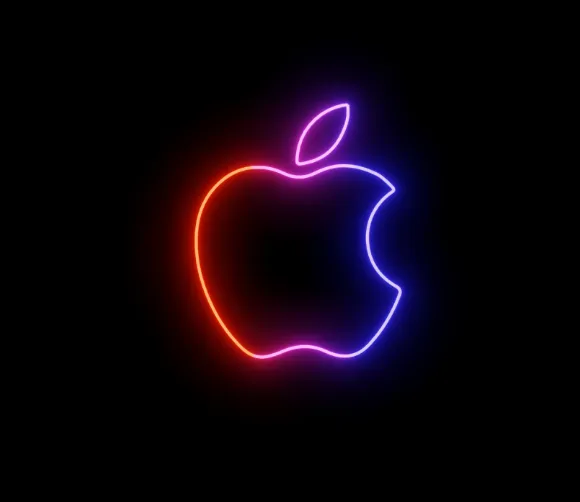Apple has officially entered the generative AI arena with a tool that could change how people approach photo editing. The company, in collaboration with the University of California, Santa Barbara, has introduced MGIE (MLLM-Guided Image Editing). This technology allows users to edit photos simply by describing the changes they want in plain English, removing the steep learning curve often associated with traditional photo editing software.
A New Approach to Photo Editing
For years, image editing required technical skills—whether navigating through multiple layers in Photoshop or adjusting countless sliders to achieve the right effect. MGIE eliminates much of that complexity. By combining natural language processing with visual recognition, the tool interprets user prompts and translates them into accurate edits. For example, a request such as “make the sky brighter and add more contrast to the mountains” is carried out seamlessly without the user needing to know where to find specific tools or filters.
MGIE is capable of handling a broad range of edits. Beyond simple tasks like cropping or flipping, it can resize images, apply stylistic filters, and enhance specific areas with context-aware adjustments. Its strength lies in its multimodal language model, which links text-based commands to visual elements in the photo, ensuring that the outcome matches the user’s intent.
Key Features and Benefits
One of MGIE’s most notable advantages is its ability to recognize and respond to detailed, intent-driven instructions. Unlike basic editing tools that require step-by-step manual actions, MGIE adapts to user descriptions and delivers meaningful results in just one step. This significantly reduces the time and effort involved in editing, making it accessible to beginners while still being powerful enough for professionals.
Researchers have tested MGIE across a variety of scenarios, from subtle touch-ups to more complex transformations. Results show that the tool can consistently produce high-quality outputs, demonstrating both efficiency and accuracy. Importantly, MGIE doesn’t just enhance images blindly—it interprets the underlying goal of the request and applies edits that reflect a more natural, human-like understanding of what the user wants.
Availability and Current Status
Apple has made MGIE available for public exploration on GitHub, accompanied by a demo hosted on Hugging Face Spaces. At this stage, the tool is presented as a research project rather than a consumer product. Apple has not yet revealed whether MGIE will be integrated into its ecosystem of apps and devices, but its release signals an important step toward bringing AI-powered creativity tools closer to everyday users.
Apple’s Larger AI Vision
This launch reflects Apple’s increasing focus on artificial intelligence as a core part of its future strategy. While competitors like Adobe with Firefly and OpenAI with DALL·E 3 have already introduced similar capabilities, Apple is approaching AI with its signature emphasis on user-friendly design and integration. The company has also released MLX, an open-source machine learning framework that enables developers to train AI models directly on Apple Silicon chips—further evidence of its push into advanced AI development.
CEO Tim Cook has been vocal about Apple’s commitment to embedding AI features across its product line. From improving efficiency on iPhones and Macs to enabling more intuitive creative tools, Apple’s direction is clear: AI should enhance the user experience without overwhelming it. MGIE fits neatly into this philosophy by removing barriers and making creativity more accessible to everyone.
The Road Ahead
Although MGIE is still labeled as research, its potential is undeniable. If Apple chooses to integrate it into consumer applications such as Photos or Final Cut Pro, the editing experience could be revolutionized for millions of users. Imagine telling your iPhone, “Sharpen this image and warm up the colors,” and watching it happen instantly, no menus or sliders required.
The broader implication of MGIE is that photo editing may no longer be confined to professionals or enthusiasts with technical expertise. By turning natural language into an editing tool, Apple is opening the door for anyone—students, marketers, casual users, or designers—to express ideas visually without technical roadblocks.
Conclusion
MGIE is more than just a research project—it’s a glimpse into how Apple envisions the future of creativity. By uniting natural language understanding with visual editing capabilities, the tool reduces complexity and empowers users to focus on imagination rather than mechanics. While it remains to be seen how Apple will roll out MGIE beyond its research phase, the technology represents a strong step toward a world where advanced editing is not only more efficient but also more intuitive.







